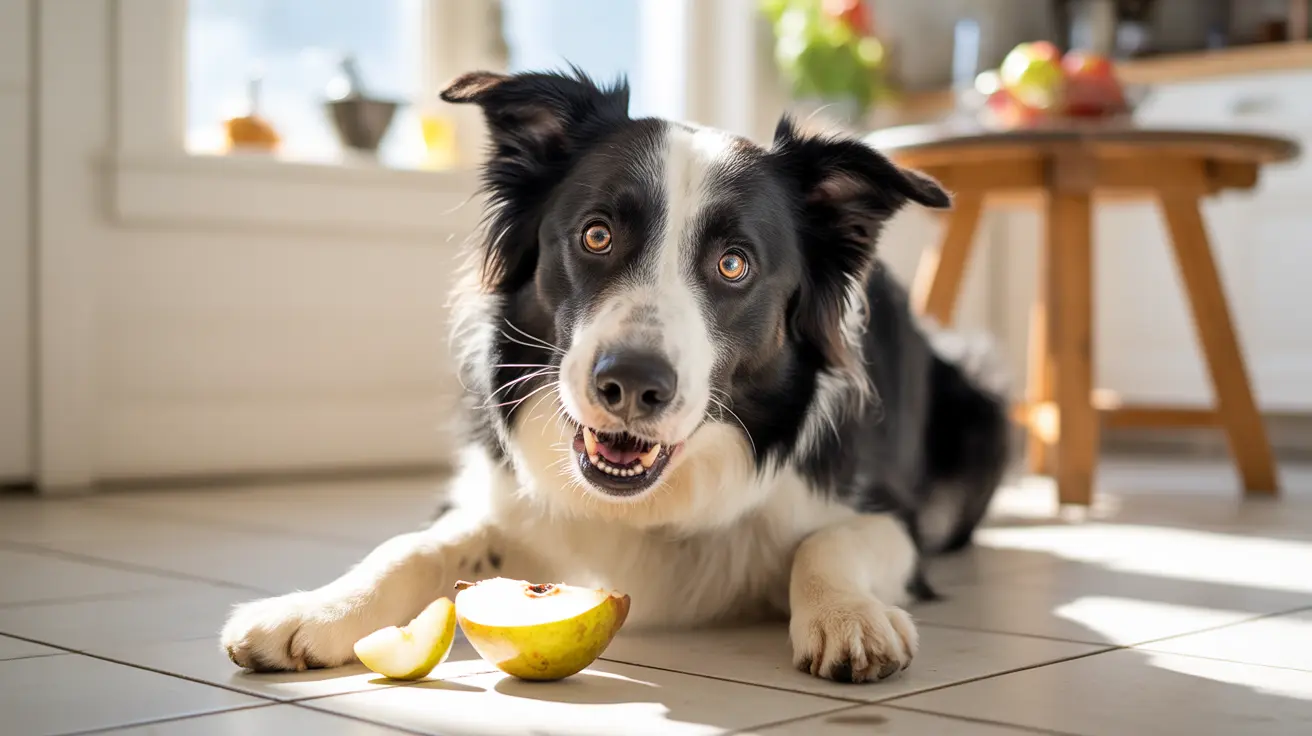Understanding Gastropexy in Dogs: Purpose, Procedure, and Recovery
Gastropexy is a surgical technique designed to address one of the most urgent and life-threatening conditions affecting dogs: gastric dilatation and volvulus (GDV), commonly called bloat. If you own a large or deep-chested breed, it's important to know what gastropexy entails, why it matters, and what recovery looks like.
Why Is Gastropexy Needed?
GDV happens when a dog’s stomach fills with gas and expands, then twists on itself. This traps gas and fluids inside, cutting off blood flow to the stomach—and sometimes the spleen—leading quickly to shock, tissue death, and often fatal outcomes if not treated within hours. Large breeds like Great Danes, Saint Bernards, Irish Setters, German Shepherds, Standard Poodles, and Weimaraners are particularly vulnerable. Risk factors include:
- Rapid eating
- Eating one large meal per day
- Older age
- Anxiety
- A family history of GDV
- Previous splenectomy (removal of the spleen)
Bloat can strike suddenly. Without prompt intervention, a dog can die within hours. That’s why gastropexy is such an important preventive option for at-risk pets.
How Does Gastropexy Work?
The surgery involves attaching the stomach to the right side of the abdominal wall. This anchors it in place so it can’t twist—a simple concept with life-saving results. Several techniques exist:
- Incisional gastropexy: The surgeon makes matching incisions in both the stomach’s outer layer and the abdominal wall, then sutures them together. This is the most common method due to its straightforwardness and low complication rate.
- Belt-loop gastropexy: A flap from the stomach is threaded through a tunnel in the abdominal wall before being secured.
- Circumcostal gastropexy: Here, a stomach flap is tunneled behind the last rib before attachment.
- Laparoscopic-assisted gastropexy: Using small incisions and specialized tools (including an endoscope), this minimally invasive approach typically means less pain, faster healing, and smaller scars—but it requires advanced equipment found mainly at specialty hospitals.
When Is Gastropexy Performed?
- Emergency situation during GDV correction: After untwisting the stomach during emergency surgery for GDV, surgeons perform gastropexy to prevent recurrence.
- Preventive (prophylactic) measure: For high-risk dogs—even those who’ve never had bloat—gastropexy may be recommended at spay/neuter time or after reaching adult size (often between six and twelve months old).
This procedure doesn’t stop bloat itself (the filling of the stomach with gas), but it does make twisting far less likely. If a dog with a gastropexy does experience bloat later on, it’s usually manageable without emergency surgery.
The Benefits: Dramatic Reduction in Risk
The difference gastropexy makes is striking. In breeds like Great Danes that undergo prophylactic gastropexy, the risk of dying from GDV drops by up to thirtyfold compared to those without it. The recurrence rate after surgery is less than five percent—versus as high as eighty percent if only GDV correction was done without securing the stomach.
Surgical Recovery: What Owners Should Expect
If your dog undergoes open surgery (a larger incision), recovery isn’t usually more difficult than with minimally invasive approaches. Laparoscopic procedures involve two small incisions and generally heal within about two weeks; open procedures take about two to six weeks for full return to normal activity.
- Activity restriction: Limit your dog’s movement for one to two weeks post-surgery.
- Surgical site care: Keep incisions clean and dry for seven to fourteen days; use a recovery cone if needed.
- Pain management: Give prescribed medications as directed by your veterinarian.
- Nutritional care: Feed small, frequent meals for one or two weeks after surgery; avoid rapid eating.
If your dog had emergency GDV surgery rather than preventive gastropexy alone, expect several days of hospitalization with close monitoring for complications like heart arrhythmias. Pain control, antibiotics, and careful dietary management will support their recovery.
Surgical Risks & Alternatives
No surgery is completely risk-free. Potential complications include infection at the incision site, anesthesia reactions, bleeding, or rare injury to nearby organs. Some dogs may have mild vomiting or diarrhea after surgery—these symptoms usually resolve quickly. Laparoscopic techniques tend to carry lower risks of wound infection and promote quicker healing than open surgeries.
If you’re hesitant about surgery but want to reduce your dog’s risk of GDV as much as possible without it, try these strategies (though none are as effective as gastropexy):
- Feed multiple small meals each day instead of one large meal
- Avoid elevated food bowls; feed at ground level
- Use slow feeders or puzzle bowls to discourage gulping food too quickly
No alternative fully prevents GDV—the only proven way is surgical intervention for high-risk breeds or individuals with previous episodes or strong family history of bloat.
A Lifesaving Option for At-Risk Dogs
If you own a breed prone to GDV or have a pet with additional risk factors like anxiety or relatives who’ve experienced bloat before, talk with your veterinarian about prophylactic gastropexy. While it doesn’t guarantee your dog will never have digestive issues again, it does slash their odds of suffering from deadly stomach twisting—and that peace of mind can be priceless for many owners.





